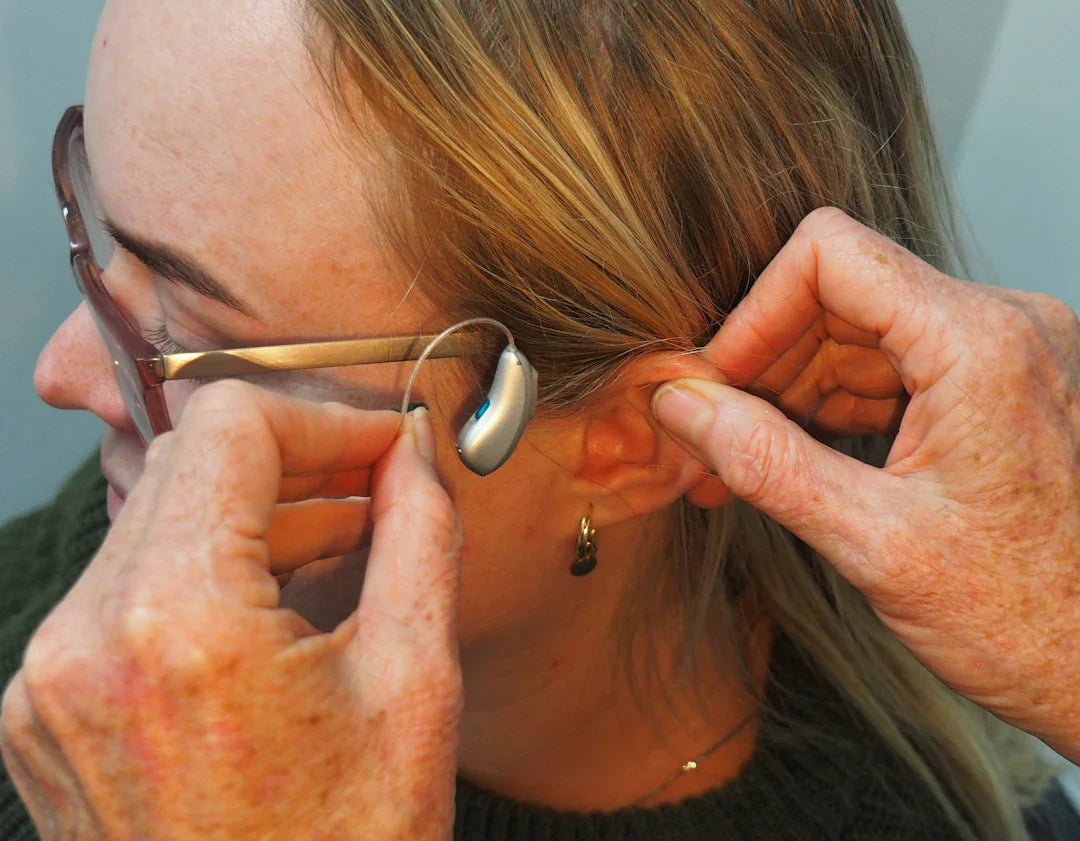Frequently Asked Questions
1. What are hearing aids and how do they benefit individuals?
2. What are the basic components of hearing aids?
3. How do hearing aids transform sound?
4. Why is audiology important in the hearing aid process?
5. What advanced features do modern hearing aids offer?
Hearing aids have transformed the lives of countless individuals, providing a clearer connection to the world around them. With the rise of technology, understanding how hearing aids work can not only enhance your appreciation for them but also empower you to make informed decisions about your hearing health. If you’re on the lookout for the best hearing aid UK, it’s essential to grasp the science behind the sound. This article will delve into the inner workings of hearing aids, their components, the role of audiology, and how they can enrich your life.
The Importance of Hearing Aids
For many, a hearing loss diagnosis can feel daunting. However, it’s vital to remember that this is a common experience affecting millions across the globe. Hearing aids play a crucial role in managing hearing impairments, allowing individuals to engage more fully in conversations, enjoy music, and participate in social events. By amplifying sounds, these devices restore clarity and understanding, bridging the gap between silence and sound.
Diving into the Mechanics: How Hearing Aids Function
Basic Components of Hearing Aids
To appreciate how hearing aids work, we must first examine their key components:
- Microphone: This is where the journey begins. The microphone captures sound waves from the environment, converting them into electrical signals.
- Amplifier: Once the sound is captured, it gets sent to the amplifier. This component enhances the electrical signals, making the sounds louder and easier to hear.
- Speaker (Receiver): The amplified signals are then sent to the speaker, which transforms the electrical signals back into sound waves. These sound waves are delivered directly into the ear.
- Battery: Powering the entire device, the battery ensures that the hearing aid operates smoothly.
- Sound Processor: Many modern devices include sophisticated sound processors that analyse the incoming sound and adjust it according to the user’s hearing needs.
The Process of Sound Transformation
Understanding the sound transformation process is key to appreciating how hearing aids can beneficially modify sound:
- The microphone captures ambient sounds and converts them to electrical signals.
- The sound processor instantly analyses the frequency and intensity of these signals.
- Depending on the settings and the wearer’s unique hearing loss profile, the processor amplifies the sound at the right levels.
- The amplified signals are sent to the speaker, which relays the enhanced sound directly to the ear.
Personalising Your Experience: The Role of Audiology
Audiology is the science of hearing and balance, and audiologists are trained professionals who specialise in diagnosing and managing hearing loss. When it comes to fitting hearing aids, the input of an audiologist is invaluable. They conduct hearing tests and evaluate the extent of hearing loss, allowing them to recommend the most suitable options.
Understanding Your Hearing Needs
Your hearing needs are unique, which is why an audiologist will conduct a thorough assessment. Here’s how it works:
- Comprehensive Hearing Evaluation: Using specialised equipment, audiologists measure the quietest sounds you can hear across various frequencies.
- Personalised Recommendations: Based on the evaluation, the audiologist can recommend the best hearing aids tailored to your specific needs and lifestyle.
- Follow-Up Care: Regular check-ups ensure that your hearing aids are functioning optimally, and any modifications can be made as necessary.
Types of Hearing Aids Available
Being informed about the types of hearing aids can help you make the best decision. The following are some common types available:
- Behind-the-Ear (BTE): These hearing aids are worn behind the ear and are suitable for various levels of hearing loss.
- In-the-Ear (ITE): Fitting within the outer ear, ITE aids are discreet and often used for mild to moderate hearing loss.
- In-the-Canal (ITC): A more subtle option that fits partially in the ear canal, making it less visible.
- Completely-in-Canal (CIC): The most discreet hearing aid available, these fit deep within the ear canal.
Advanced Features of Modern Hearing Aids
Today’s hearing aids come equipped with advanced technology, making them more effective and user-friendly. Here are some of the standout features:
- Bluetooth Connectivity: Many contemporary devices enable users to stream audio directly from their smartphones or other devices, making conversations and media consumption seamless.
- Noise Reduction: Innovative algorithms help filter out background noise, making it easier to focus on conversations.
- Adaptive Sound Technology: This technology automatically adjusts the hearing aid settings based on the surrounding environment, ensuring optimal clarity and sound quality.
- Rechargeable Batteries: A shift from traditional batteries, rechargeable options promote convenience and sustainability.
The Impact of Hearing Aids on Daily Life
Integrating hearing aids into your daily routine can dramatically enhance your quality of life. Here are a few ways they make a difference:
- Improved Communication: With clearer hearing, conversations become easier, fostering stronger relationships.
- Enhanced Social Participation: No longer feeling left out in social scenarios boosts confidence and encourages engagement.
- Greater Independence: With improved hearing, individuals can tackle daily tasks with confidence, from shopping to attending events.
- Quality of Life: Hearing aids can lead to an increase in overall satisfaction and enjoyment of life by reducing feelings of isolation.
Taking the Next Steps Towards Better Hearing
If you suspect you have hearing loss or if you've already been diagnosed, taking the next steps is crucial. Start by consulting with an audiologist for a comprehensive hearing assessment. With their guidance, you can explore the options available to you and find the best hearing aid UK tailored to your needs.
Why Choosing the Right Hearing Aid Matters
Choosing the right hearing aid is an important investment in your health and well-being. It’s crucial to consider factors such as:
- Degree of Hearing Loss: Devices are designed for various levels of hearing impairment. Ensure your choice aligns with your needs.
- Lifestyle: If you’re an active individual or spend a lot of time in noisy environments, opt for hearing aids that feature advanced noise-cancelling technology.
- Comfort: Ensure your chosen device is comfortable for daily wear. Your audiologist can help by conducting a fitting.
- Budget: Look for options that fit within your financial constraints while still meeting your hearing requirements.
The Road to Clearer Hearing
The journey towards restoring your hearing may seem overwhelming, but the benefits are undeniable. By understanding how hearing aids work and the science behind them, you can take proactive steps towards regaining a clearer connection to your world. Remember, investing in your hearing health is investing in your quality of life. With the support of audiologists and the technological advancements in hearing aids, you can rediscover the joys of sound and communication.




